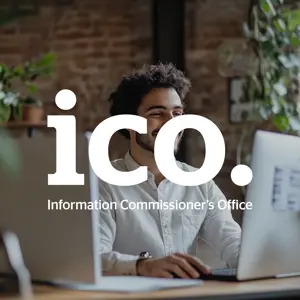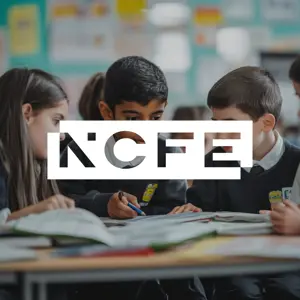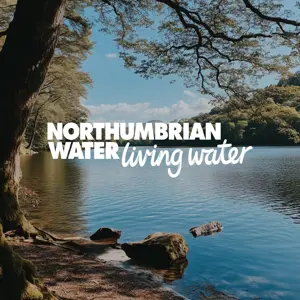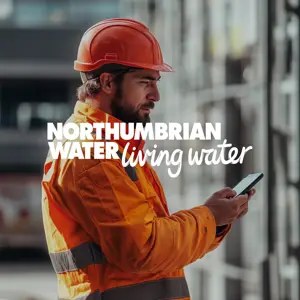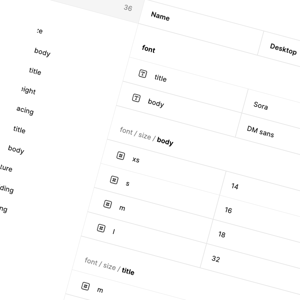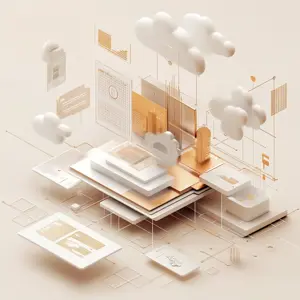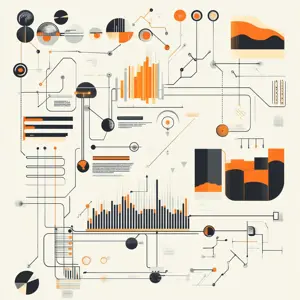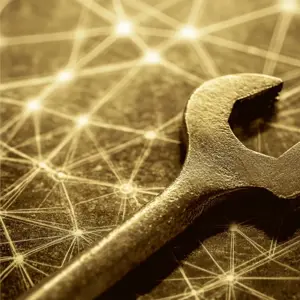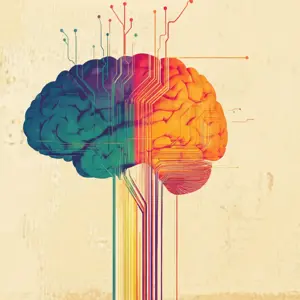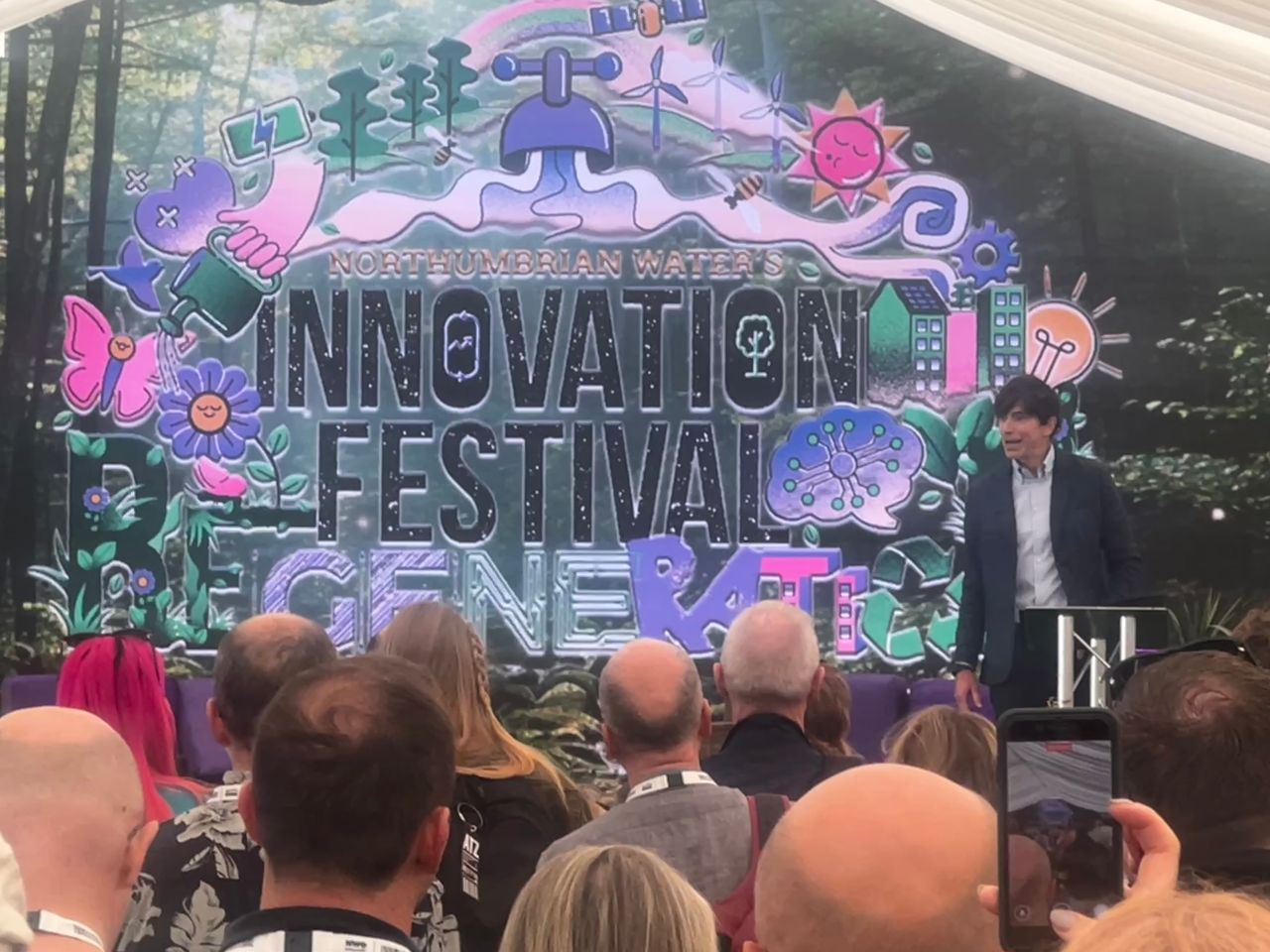Shout, as one of Northumbrian Water’s primary digital partners, have been in the fortunate position to be able to host one of the full week sprint workshops for the past 5 years, and this year is no different. Each year we work with Northumbrian Water to define a theme and a goal for each sprint, ensuring that whatever is produced at the end will be of significant benefit to both their customers and the organisation.
The goal
This year, we wanted to address one of the key concerns: ‘Increasing the customers ability to self-serve through the app while reducing the level of call centre enquiries.’
Discovery
Throughout the week of the sprint we set time aside for two separate workshops. The first, with members of the call centre staff, was structured in such a way that it enabled us to answer the following questions:
-
Why are people calling into the call centre?
-
How do you respond to these calls?
-
Which are the highest priority problems?
Then we ran a similar workshop with Northumbrian Water customers. The structure here was similar but with the questions altered to focus on the customer experience:
-
What problems within the app would prompt you to call?
-
What issues on the bills you receive would prompt you to call?
-
Which are the highest priority problems?
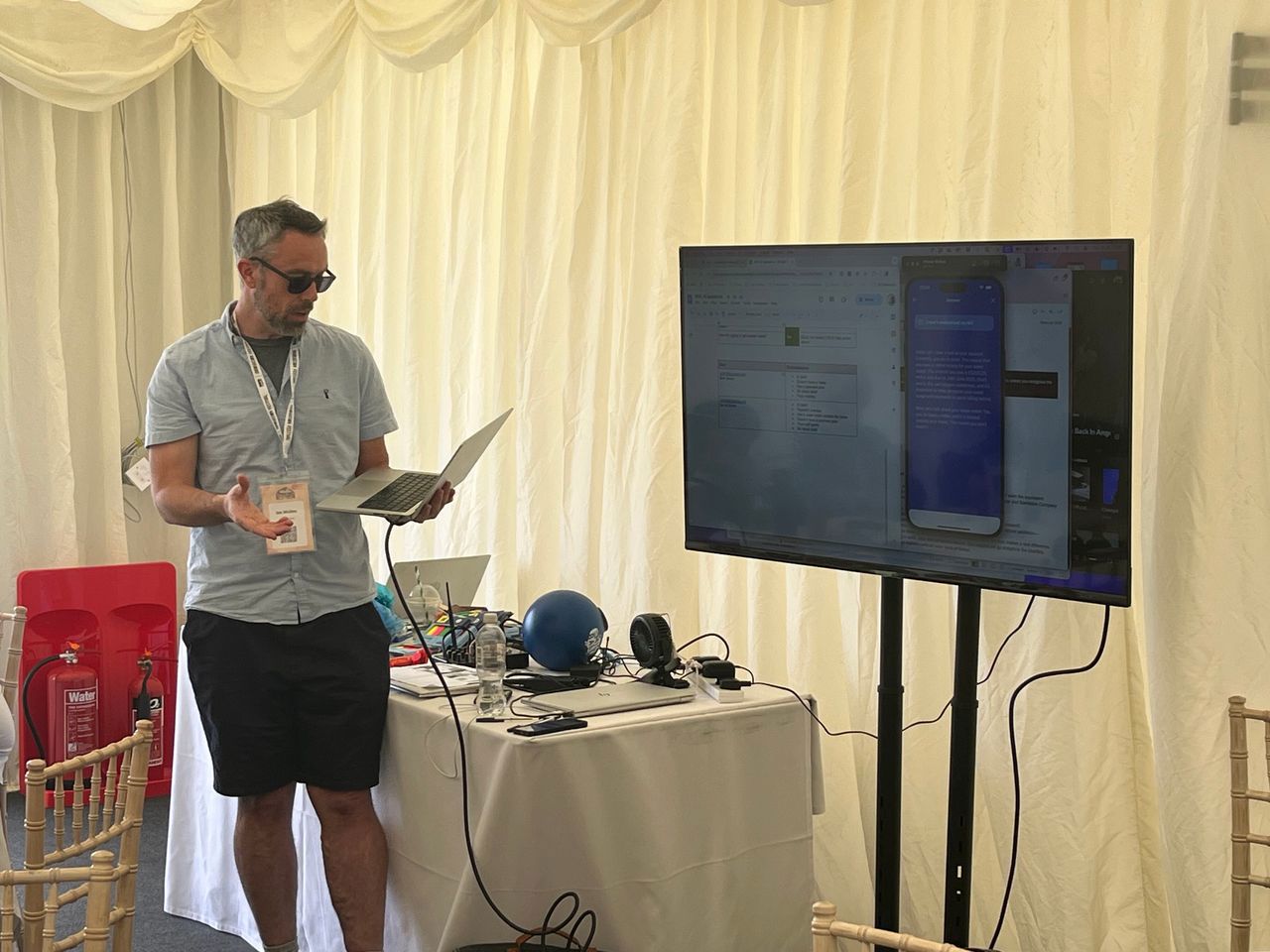
The solution
Once we had collected the raw data, we needed to understand what we could do, within the confines of the app, to alleviate these issues. From the feedback we received it appeared that the majority of issues were with a small number of elements.
-
Confusion about debit and credit. Customers were unsure whether they owed Northumbrian Water money or not.
-
A lack of understanding around what payment plan they were on and what a payment plan was.
-
Confusion around the payment amount and what they were being charged for.
-
Difficulty understanding the information presented on the PDF bills.
Although some of these issues could be addressed in part by updates to the UI, many required a significant amount of extra context in order to ease the customer’s concerns.
Running internal ideation sessions with oversight from Northumbrian Water, we were able to develop a solution centred around AI that had the potential to uplift the customer experience significantly.
The solution was the creation of a help hub within the app which could be accessed from any screen and which offered the customer a few different avenues to find the information they needed. These were:
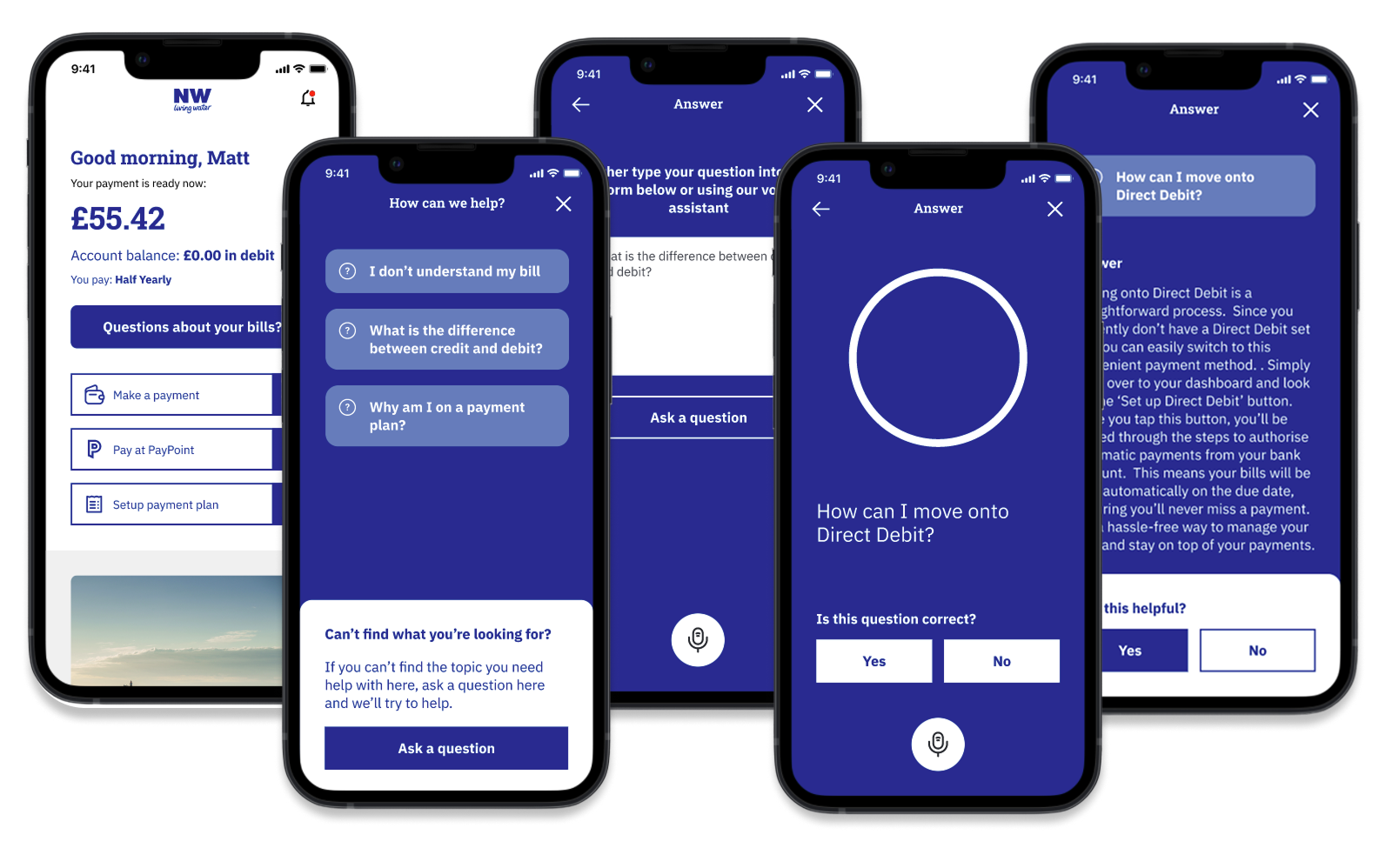
Tell me about my bill
This option would take the customer to a screen where they would be given a breakdown of their current bill status, delivered in plain language to remove any lingering ambiguity as to what, if anything they need to do as a Northumbrian Water customer.
Common topics
This would be a short list of the highest priority topics that customers generally call into the call centre for. Based on the priorities defined within the call centre and customer workshops, we can be confident that this list will allow us to answer the vast majority of the questions raised. The answers to these will be dependent on the status of the customers account, but also take into account the specific guidance and tone of voice used by the call centre staff to ensure a consistent level of communication across the board.
Ask a question
This function would allow the customer to construct a question and get an informative and dynamic response. This would be done in two ways:
-
Free text field - A user would be able to type any question related to their water account into a free text field.
-
Voice - The customer can tap the microphone icon and ask any question related to their water account. The app will then show the question, get the customer to confirm that it is correct before submitting.
The response for both will be forthcoming, as long as the topic is related to the customer's water account, or a part of the service that Northumbrian Water provides. Questions outside of these topics will meet with a generic response which will direct the customer to constrain their questions to relevant topics. The answers themselves will ensure that the customers questions are answered correctly and succinctly, with the same tone of voice we mentioned earlier.
The reception
We were fortunate enough to be able to interact with customers, both at the start and the end of the week. In the first session we presented a Figma prototype which showcased the overall user journey as well as some indicative AI responses. While this initial prototype was well received in the main, it wasn’t fully interactive and so didn’t convey the real benefits of the AI concierge.
Fast forward to the end of the week and we once again ran a very similar session, except this time we were able to present a fully working version of the prototype. We initially showcased the app running on a laptop to help familiarise the customers with the different options and the sorts of questions that it was designed to answer, but then we were able to hand out working versions on a number of different devices, allowing the customer group to see for themselves how it could help to solve any of their issues or queries around their water account and billing. The reception in this session was extremely positive and the customers were very enthusiastic about the current capabilities, and also the potential for moulding this feature into an integral part of each existing journey.
This reception was mirrored in the final presentation to the NWL customer bubble playback, in which we were able to once again showcase the capabilities of the AI and also receive some extremely helpful feedback and food for thought that would help take it to the next step of the process as a fully integrated feature within the existing app.
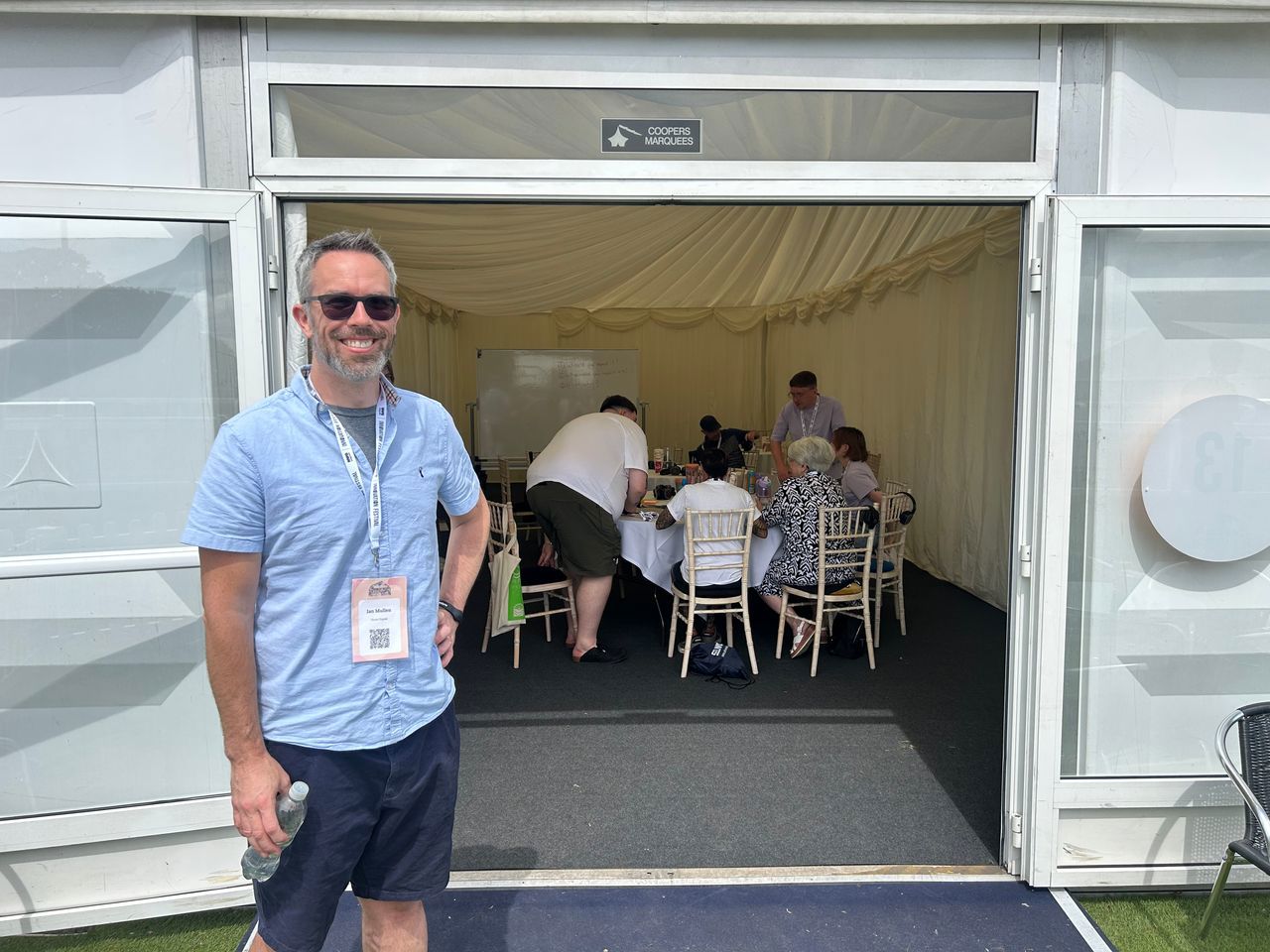
The outcome
At the end of the week we felt a great sense of accomplishment. Not only because we were able to rapidly develop a working prototype in that time, but also because it was so well received. We hope that it’s going to be something that helps Northumbrian Water’s customers to self-serve and for it to be a feature that becomes the first port of call for any issues they may have regarding their water account. Along with this, it will also enable the customer centre staff to effectively manage the numbers of calls into the call centre, reducing waiting times and freeing up their time so they can work towards increased proactivity and focusing on their overall strategic goals.


